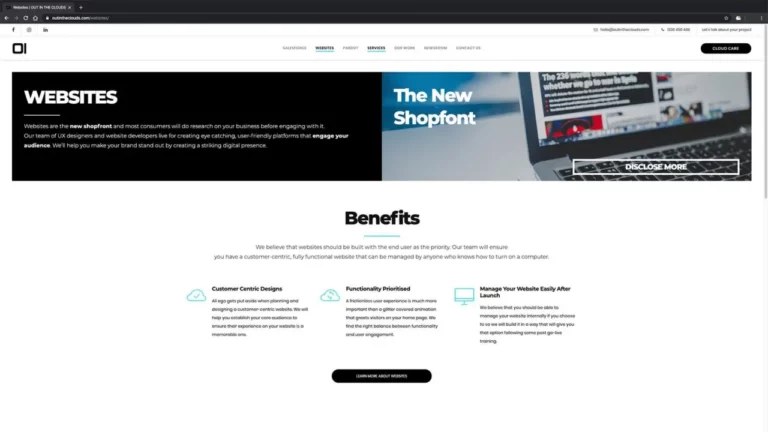Cloud vs On Premise? The answer is clear
Cloud vs. On Premise (Telephony, Storage, Software, etc) Many companies are moving their businesses to the cloud, and it’s not hard to see why. With a cheaper cost, improved flexibility and scale, greater security, and limited infrastructure options, the cloud has proven to serve as a better option than on-premise systems. In 2015 alone, the cloud computing market saw a global increase of 21 percent and that number continues to rise. Although just about any company would benefit from using the cloud, it is particularly beneficial for smaller to middle sized organisations. Advantages of the cloud over on-premise systems include:
- Predictable and cheaper costs over time
- Improved security features
- No additional licensing or hardware investments
- Takes less time to implement
- Greater data security, user access, and continuous updates
- Organisations work directly with vendors to make changes
Better For Cost and Maintenance Organisations that use on-premise systems are tasked with pricey investments that require more money in support teams. Licensing for network, architecture, software and hardware licensing is pricey and needs to be renewed yearly. Cloud-based systems offer a pay-as-you-go plan that allows organisations to be more flexible and enjoy increased exposure to newer technology that was not always available for smaller groups. The cloud is also flexible regarding how it fits within each organisation. Mainly, it can work with groups that see dramatic spikes in activity followed by dull periods, making it an excellent choice for contact or customer relation centres to adjust their staffing appropriately according to the company’s needs. Enhanced Security Features Most companies deal with critical information that requires high levels of security, such as customer data and banking details. Outsourcing this data to the cloud can seem like a dangerous risk, but the real danger lies in trusting an on-premise system. The cloud offers advanced security options that on-premise systems don’t. According to Louis Jardim, Commercial Director of a MICROmega Group company called Turrito Networks, “The security systems provided by reputable cloud-based services are extremely robust, as they utilise best-of-breed software and employ the world’s most knowledgeable security experts. If businesses did this themselves, the costs would be astronomical. Also, with often outdated software, in-house IT is more susceptible to malicious attacks when running solo.” Limited Infrastructure Moving to the cloud means that organisations no longer need to pay entire departments for IT services, including additional teams that are required for management tools. It allows smaller organisations to avoid infrastructure as platform-as-a-service (Paas) systems are available and maintained by the provider. The cloud also cuts operating costs by allowing contact centres to operate at peak speed regardless of where they are located. Disadvantages of On-Premise If your company is still using an on-premise system, you could be facing extra costs as training for IT support teams usually charges a minimum fee of 20 percent of their annual license fee. On-premise systems also rely on the customer to pay for the hardware and data centre equipment they use. Using the cloud allows the organisation to handle equipment failure personally. On-premise organisations lack a disaster recovery and backup data support, increasing the need for an in-house policy system. The customer often requires customisation; however, there are fewer options with on-premise solutions. Updates are usually slower and may require additional hardware or heavy IT support. On-premise systems require longer implantation time because deployments simply aren’t turned on, which increases the customer’s wait time. Finally, organisations that had a large bandwidth or many customers using the same applications may experience slower or less responsive speeds. In summary, disadvantages of using on-premise systems include:
- Hidden and extra costs
- No disaster recovery or backup
- Slower update cycles
- More time-consuming operations
- Lack of customisable options and security features
- Equipment failure
- The need for an in-house security policy
If you would like to find out more information or have any questions answered, please CLICK HERE to request a callback from a specialist. OUTINTHECLOUDS.COM







